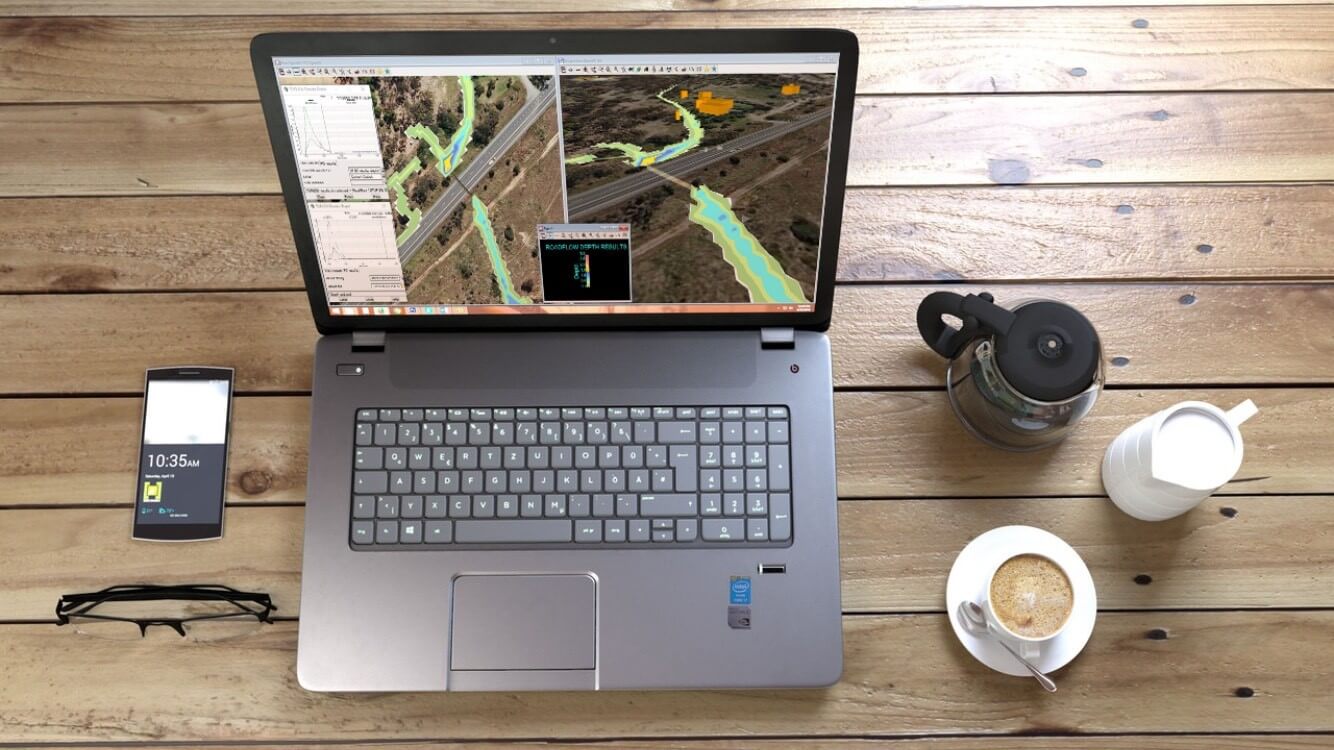10 Reasons Why Civil Designers Need Flexible Working Environments

Reading Time: 3 minutes
Everyone needs a healthy work-life balance, regardless of their role or level of seniority. Working from home is one way to achieve this, as it cuts down on commuting time. But you need to balance home and office work as well, not spend all your time stuck in your home office.
Here are ten reasons why working remotely can lead to a better balance.
- Work when you’re inspired, not just between the hours you’re required to – You are a designer and a problem solver by trade, so inspiration is crucial. Working from home allows you to jump straight into work the moment inspiration hits, or avoid work when you are feeling flat. This can greatly improve the quality of your output.
- Professional development: growing your independence – Successfully working in a balanced office and home office setting proves to your employer that you are trustworthy, inspired and self-driven. These are some key attributes which can help further your case when progressing your career.
- Open yourself to opportunities beyond your immediate office – Successfully operating in a flexible environment will quickly prove that location is no barrier to you. This demonstrates that you’re available to work on projects no matter where they are based, or whichever office in your organisation is leading the project.
- Avoid fly-in-fly-out and relocation for projects – Not only is the fly-in-fly-out model an expensive burden on your organisation, it’s taking you away from the things that matter outside of work. Many organisations are still opting for FIFO, but tend to be limiting the frequency and the length of stay.
- Cut back on time wasted in meetings – Civil designers and drafters who work in a flexible environment often communicate through a range of platforms such as Text, Notes, Skype, Email and Forums. Meetings can be reserved to the times in which you are in the office. Alternatively meetings can be conducted online, typically speaking web-based meetings are better planned and more likely to stay on agenda, say farewell to time wasting meetings.
- More time for family – Working from home or having a flexible working environment allows staff to better match break times to family time. As project deadlines approach, instead of burning away long hours in the office they can leave the office early, spend time with family before returning to work in the comfort of their own home.
- Save money on commuting – The financial gains of a flexible working environment vary depending on an individual’s lifestyle, but here are some of the expenses you pay as a regular commuter:
- The average Australian commuter pays just under $12,000 per annum in car ownership and running costs, with New Zealanders paying around $11,800 per annum.
- In addition, the annual cost of parking can range between $2,000 to $9,000 in Australia and around $1,200 to $4,000 in New Zealand.
- Car owners in either country can expect to save around $1,200 by by catching public transport, which has an average annual cost of around around $1,700.
- Free up more time in your life – The average Australian spends 53 minutes per day commuting to work (Source: NATSEM). For those in capital cities, this figure is even higher. By saving time commuting you are reducing wasted time in your daily schedule. This can be used as work time to improve efficiency, catch up on lost time during a project, or it can be spent on personal and family activities.
- Personal development – Flexible working environments give you more freedom to schedule the things you have to do around other professional commitments like training.
- Flexible working solutions are now tailored for Civil Designers – Working from home in the Engineering space is now more accessible than ever with a range of modern systems. 12d Synergy allows you to access all of your data and files stored on your server from a remote location. And thanks to 12d Synergy’s Intelligent Data Transfer, this process runs smoother than ever before.

Author
Mitch helps engineering and construction teams achieve success through the adoption of world class common data environments. Mitch joined 12d Synergy in 2017 and now champions our growth across Australia. Mitch helps engineering and construction teams achieve success through the adoption of world class common data environments. Mitch is also a sports fanatic and self-confessed cricket tragic.